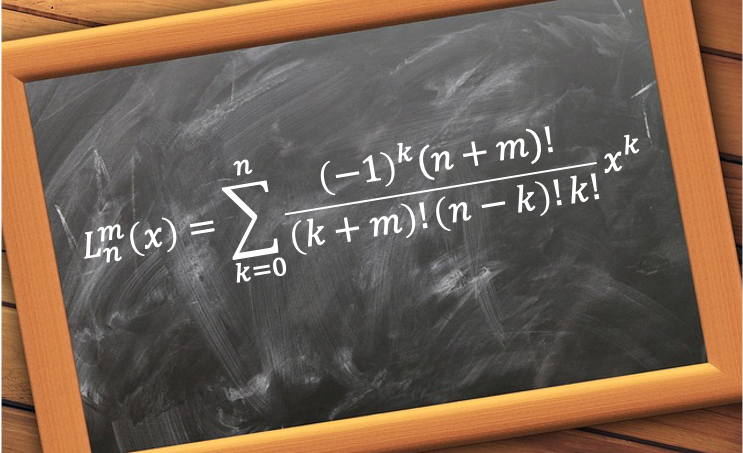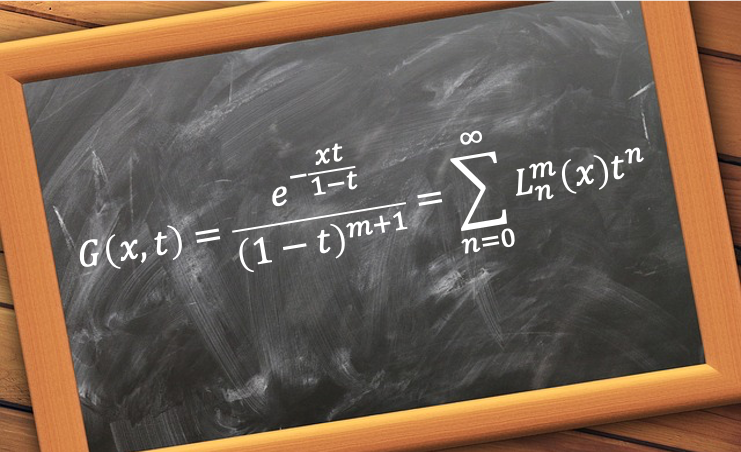The phase rule, formulated by Josiah Willard Gibbs, describes the number of degrees of freedom (independent variables) needed to define a multiphase, multicomponent system at equilibrium. It is given by
where
is the number of degrees of freedom (i.e. independent intensive variables such as temperature, pressure or mole fraction). This value is a non-negative integer.
is the number of independent components that can describe the composition of a point in a phase diagram.
is the number of phases present in equilibrium.
For example, we need two independent mole fractions to describe a liquid mixture of three fully miscible components at constant temperature and pressure (single-phase ternary system) because and
.
To derive eq203, assume that every chemical species is present in every phase of the system. Each phase has a composition defined by the mole fractions of components. Since mole fractions must sum to 1, each phase has
independent composition variables. For
phases, the total number of composition variables is
. Including temperature and pressure, the total number of variables is
.
However, not all of these variables are independent because the system is at equilibrium. At equilibrium, the chemical potential of each component must be equal in all phases. For example, for component 1,
This gives equations per component, resulting in a total of
independent equations. These equations represent constaints that reduce the number of independent variables because each chemical potential is a function of temperature, pressure and the mole fractions of all components in each phase, e.g.
. If say,
and
, then one variable becomes dependent on the others when we equate
. Even if the functions are more complex, the value of any one variable remains dependent on the others.
Therefore, the number of independent variables needed to define a multiphase, multicomponent system at equilibrium is , which rearranges to eq203. In this derivation, we assumed that every chemical species is present in every phase of the system. What if one or more species is absent from one or more phases? Suppose species
is absent from phase
. In this case, the number of variables is reduced by one because
is no longer a variable. At the same time, the number of independent chemical potential equations is also reduced by 1, e.g.
becomes
. Therefore, the phase rule still holds.


Question
Apply the phase rule to 1) a system where calcium carbonate, calcium oxide and carbon dioxide are at equilibrium, 2) points A to F indicated in the one-component phase diagram above, and explain why four phases cannot mutually coexist in equilibrium for this case.
Answer
There are clearly three phases ():
,
and
. Although there are three chemical species in the system, the reaction
introduces a constraint, reducing the number of independent components to two (
). Therefore,
. This implies that if one variable is fixed, the other is automatically determined. For instance, at a given temperature, there’s a unique equilibrium pressure of
where all three phases can coexist.
|
Point |
C | P | F |
|
A |
1 | 1 |
2 |
|
B |
1 | 2 |
1 |
|
C |
1 | 3 |
0 |
|
D |
1 | 1 |
2 |
|
E |
1 | 1 |
2 |
| F | 1 | 2 |
1 |
When only one phase is present in a one-component system (points A, D and E), pressure and temperature can be varied independently within that single-phase region, giving two degrees of freedom. Points on phase boundaries (such as B and F) represent the coexistence of two phases in equilibrium. These points have only one degree of freedom, meaning that if pressure changes, temperature must adjust accordingly to stay on the phase boundary (and vice versa). Point C, the triple point, represents the unique conditions where three phases coexist in equilibrium. For a one-component system, this corresponds to zero degrees of freedom as temperature and pressure are fixed. If we consider four phases () in a one-component system (
), we find
, which is not physically meaningful. This confirms that no more than three phases can coexist in equilibrium in a one-component system.








